Description
64 steps relay based ladder type attenuator
Our new great design based on HQ Omron relays instead of moving contacts. We even designed our own optical encder
which guarantee longlife operation. Remote control is included.
Switching type: MBB (Make Before Break)
Number of steps: 64
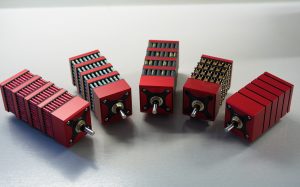
Attenuation range: -64 dB … 0 dB
Attenuation per step: steps 1dB/step
Switching device: Omron relays
Input impedance: 10KOhms constant
Vishay resistors are available also with 2K, 5K, 10K, 22K and 50KOhms
Custom made optical encoder guarantee long life operation
Extremely short signal path
Channel matching: +/-0.1 dB
Mechanical life: > 500 000 cycles
CNC machined PA11 aluminium body
Shaft diameter: 6 mm
Voltage: 5V/1A
Power supply is not included. You can buy it here https://khozmo.com/product/power-supply/
————-AMRG vs. AMRT —————————————-
The sound difference between AMRG and AMRT resistors is not very significant, as they are both carbon film resistors made by the same company. However, some users may notice some subtle differences in sound characteristics and preferences.
According to some online reviews and discussions, AMRG resistors tend to sound more detailed, transparent and airy, but also more analytical and less warm than AMRT resistors. This may be due to the aluminium casing that provides better shielding and thermal conductivity, but also adds some sonic signature to the resistor. Some users prefer the AMRG resistors for their clarity and precision, especially in high-end audio equipment.
On the other hand, AMRT resistors tend to sound more natural, smooth and dynamic, but also less refined and more noisy than AMRG resistors. This may be due to the lack of aluminium casing that makes them more simple and compact, but also more prone to interference and heat. Some users prefer the AMRT resistors for their musicality and richness, especially in vintage or tube audio equipment.
Of course, these differences are not absolute and may vary depending on the circuit design, the resistor value and power rating, the source material, the listening environment and the personal taste of the listener. The best way to find out which resistor sounds better for you is to try them yourself in your own system
Dimensions
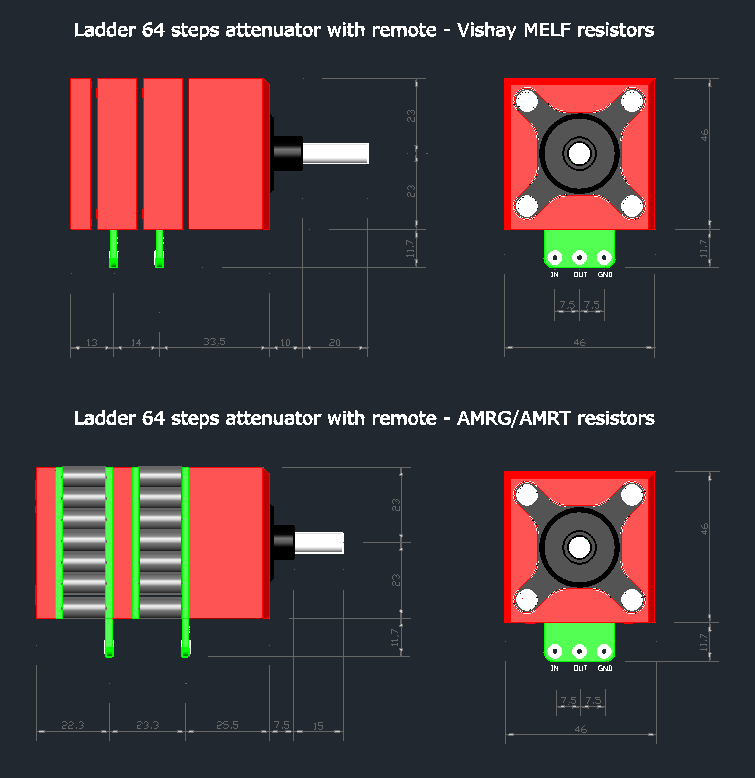
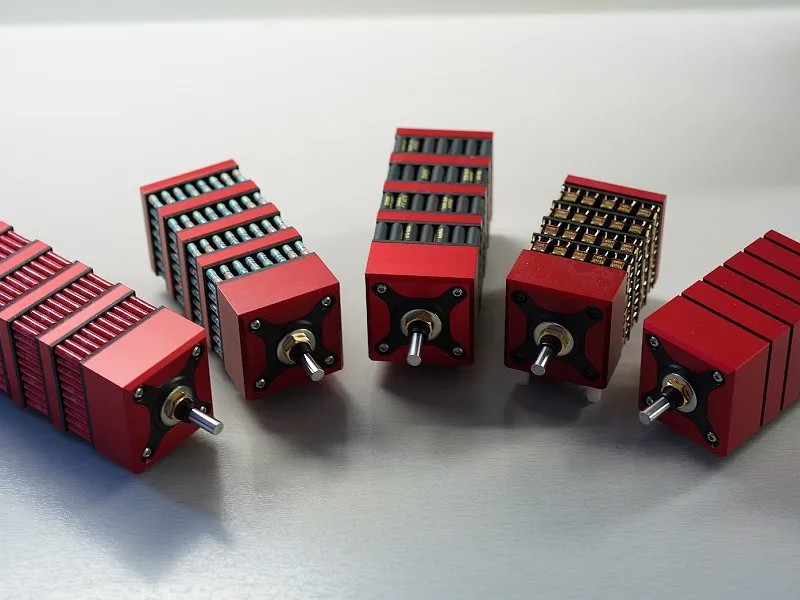
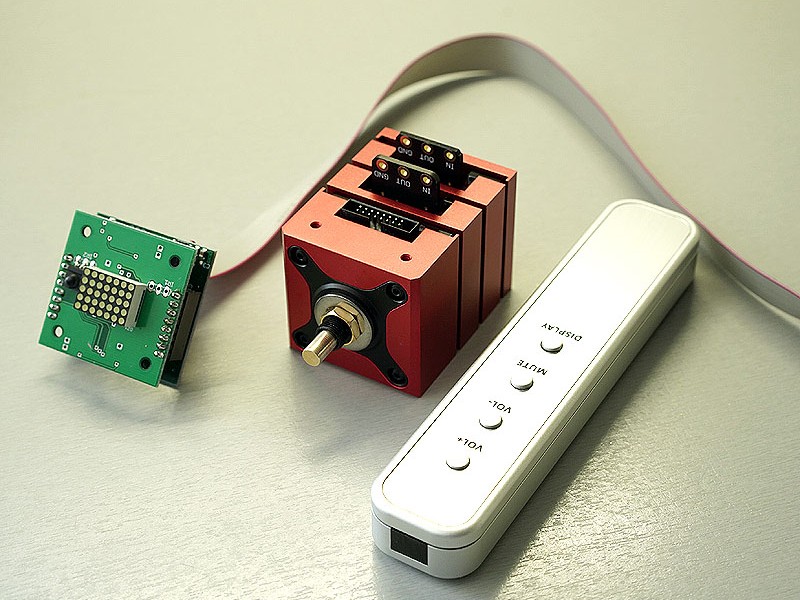
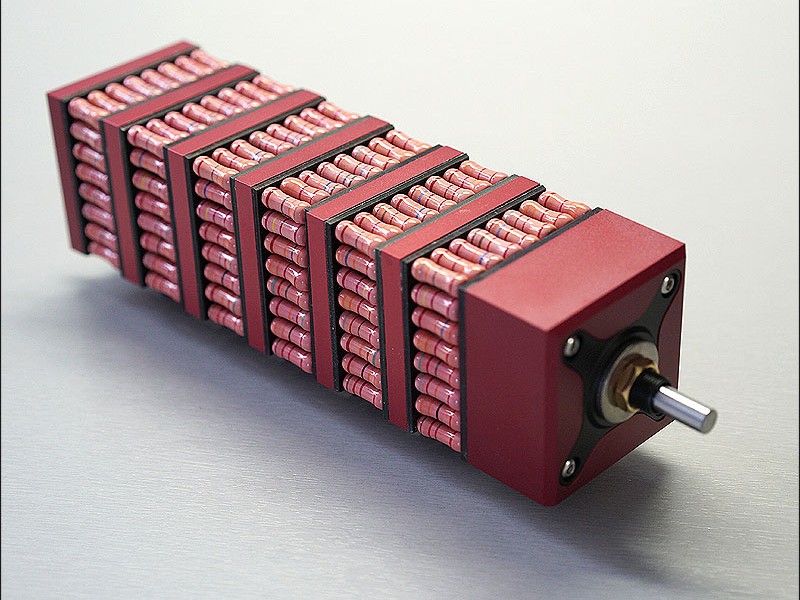
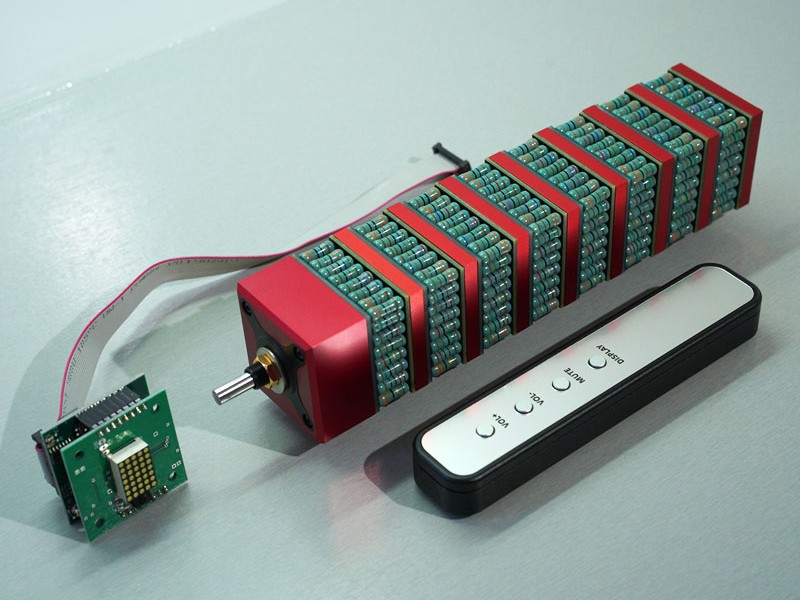
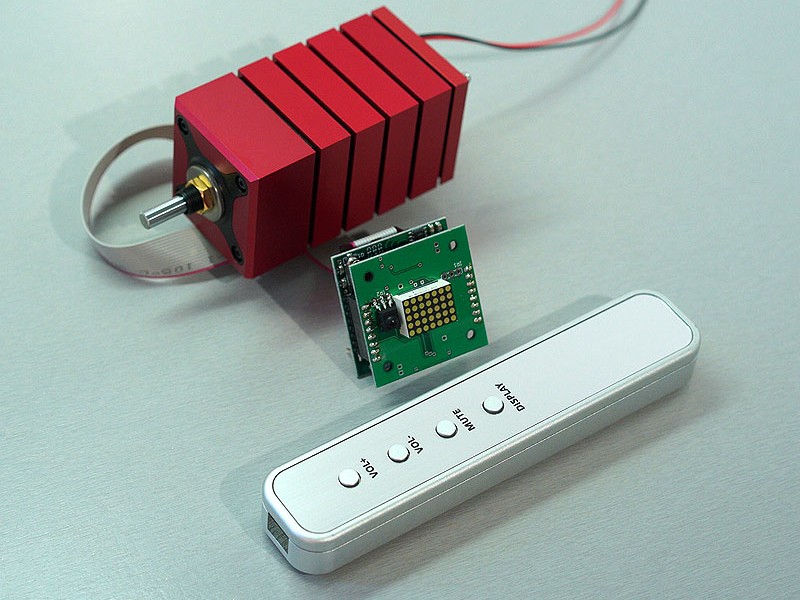

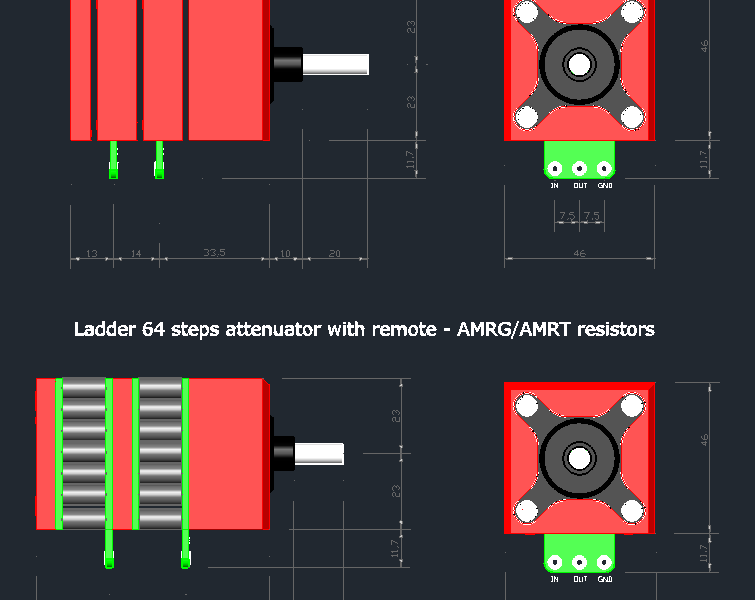
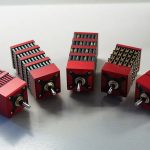
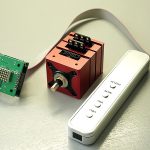

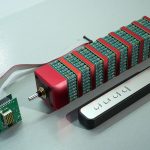
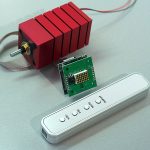
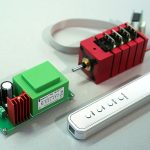
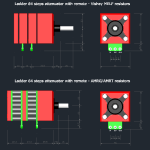


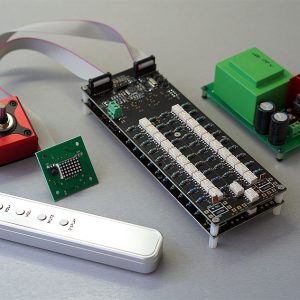
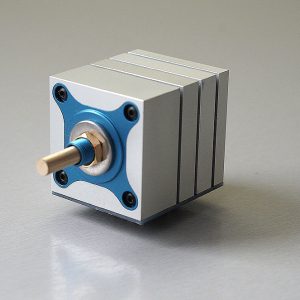
Reviews
There are no reviews yet.